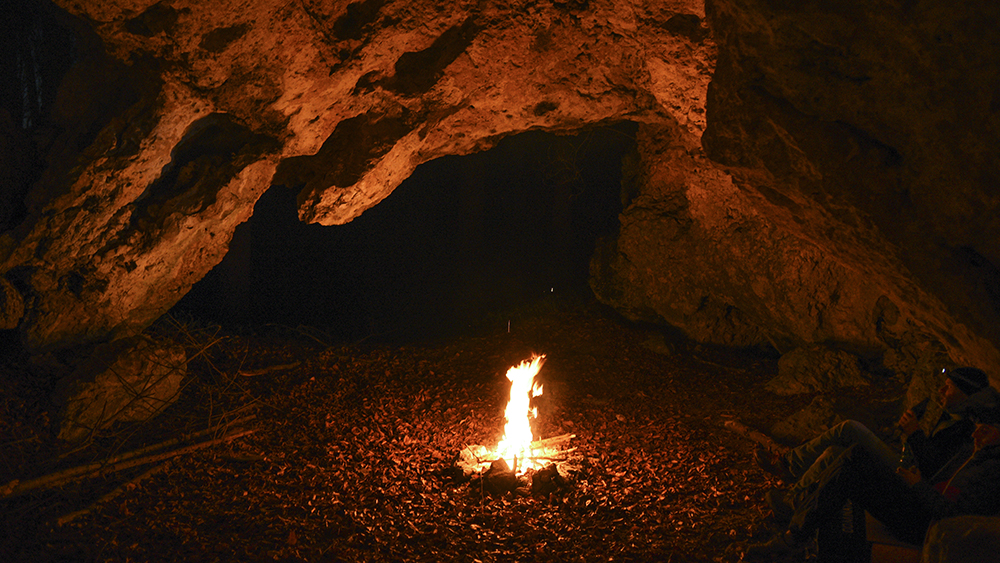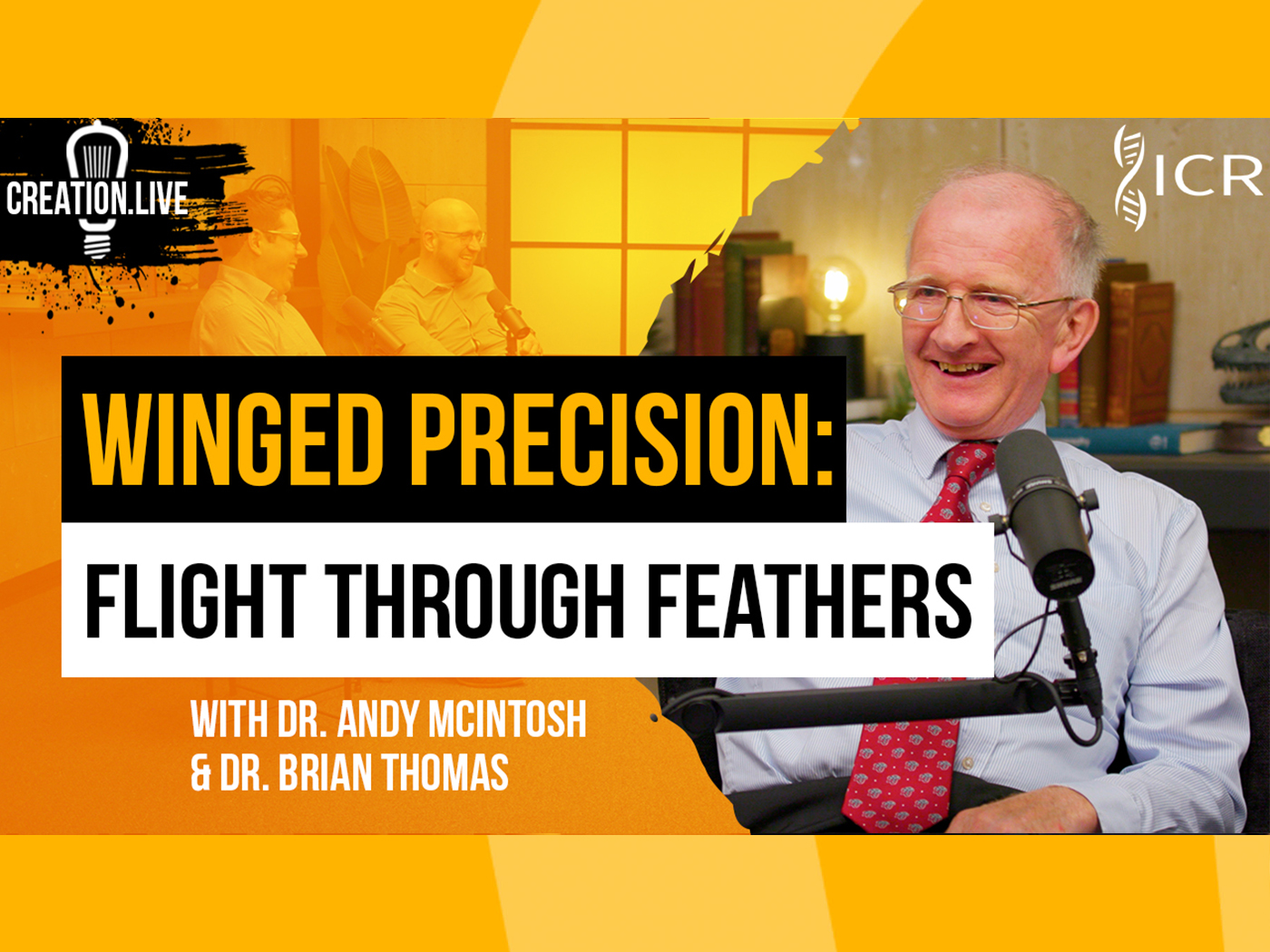A recent study making the news involves the reconstruction of the facial features and anatomy of the enigmatic humans known as the Denisovan from genetic data.1 In the evolutionist’s own words who did the study, “Denisovans are an extinct group of humans.” And the scientists’ research shows exactly that.
Denisovan fossils are represented by only a few teeth, a finger bone, a bit of a mandible (jawbone), and either a leg or an arm bone fragment. These isolated bits and pieces have been found in two locations. One was a Russian cave in the Siberian Altai Mountains close to the borders of Kazakhstan, China, and Mongolia. The other location was farther south in a cave on the Tibetan Plateau. From these teeth and bone fragments, DNA has been sequenced and compared to modern human groups.
Denisovan DNA is distinctly human and has been found to be most closely related to people groups across Asia, including Southeast Asian islands. Denisovan DNA, like Neanderthal DNA, is now considered to be nothing more than another variant of the human genome. In fact, evolutionists now widely acknowledge that anatomically modern humans, Neanderthals, and Denisovans interbred with each other.
While the Neanderthal people were known for having large brains, prominent brow ridges, and sloping foreheads (traits still found among modern humans),2 very little is known about what Denisovans looked like because of the limited amount of fossil material. Now, using a combination of epigenetics (chemical tags on the DNA) and genetics, scientists are attempting to reconstruct what a Denisovan might have looked like. And no surprise, the reconstruction looks fully human.1 The researchers claimed that the reconstructed female Denisovan had an elongated face and a wide pelvis, like Neanderthals, but also had a laterally wider head.
As is typical with evolutionists, they take information from a single individual and then make broad extrapolations to entire populations. The approach of taking DNA data and then inferring what someone looks like from epigenetic modifications still remains to be definitively proven as a valid methodology. However, one thing we do know for sure: This is just one more study showing that humans have always been humans.
References
1. Gokhman, D. et al. 2019. Reconstructing Denisovan Anatomy Using DNA Methylation Maps. Cell Press. 179 (1): 180-192.
2. Tomkins, J. P. 2019. Recent Humans with Archaic Features Upend Evolution. Acts & Facts. 48 (4): 15.
Dr. Tomkins is Life Sciences Director at ICR and earned his doctorate in genetics from Clemson University.

Denisovan Epigenetics Reveals Human Anatomy
The Latest
Reformation Day, October 31
Five hundred years ago in Wittenberg, Germany, an unusual scholar changed the course of human history using pen and hammer. Dr. Martin Luther protested...
Creation Kids: Owls
by Sydney Walters and Susan Windsor*
You're never too young to be a creation scientist and explore our Creator's world. Kids, discover...
RNA Hoops: When Circular Reasoning Makes Sense
If the regulatory picture of the genome were not complicated enough, over the past decade scientists have discovered another level of Darwinian-defying...
Gunnison National Forest: Adaptable Aspens and Warped Rocks
Gunnison National Forest’s 1.67-millionplus acres showcase stunning views of the Colorado Rocky Mountains. The Continental Divide forms its eastern...
Applying the Theory of Biological Design to Optimal Owl Flight
by Randy J. Guliuzza, P.E., M.D., and Aaron T. Guliuzza, P.E.*
If the greatest writers had been well-versed in fields of science,...
The Jaw-Dropping Design in Hawaii's State Fish
Hawaiians call their state fish the humuhumunukunukuapua’a, or humuhumu for short, and snorkelers marvel at its wild paint job as it flits...
A Journey to the Truth of Creation
I recently had lunch with the chief academic officer of a local Christian university. As we connected over our meal, I could see his excitement about...
Creation's Bullseye
The first sentence in a recent evolutionary news story set the stage for the rest of the article: “Flowers like hibiscus use an invisible blueprint...
CREATION.LIVE PODCAST
The Fascinating Feathers of Our Flying Friends | Creation.Live...
Birds are incredible creatures, able to fly and migrate with ease. Beyond that, their feathers are exceptionally designed, allowing our avian friends...
Is a Spiny Slug the Mollusc's Ancestor?
The phylum Mollusca (molluscs) is an amazing1 and diverse assemblage of invertebrates. It includes squids, clams, tusk shells, octopuses,...






















